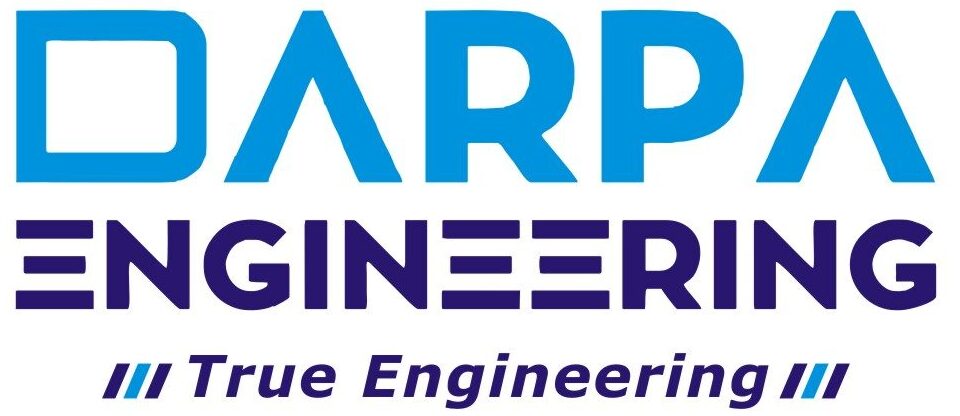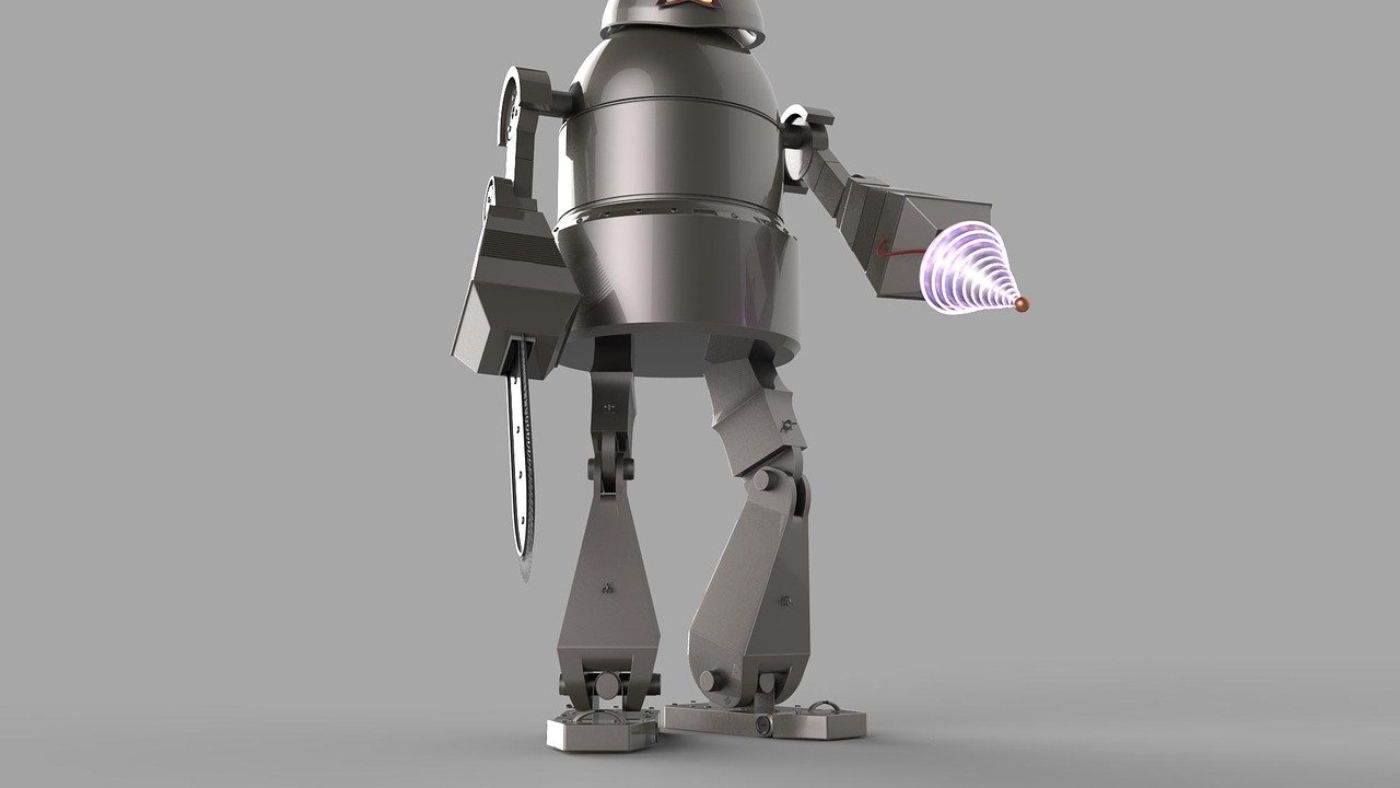Robotics in Modern Industry: Transforming the Future of Manufacturing and Beyond
Robotics is no longer a futuristic concept confined to science fiction; it is a cornerstone of modern industry. With advancements in artificial intelligence (AI), machine learning, and sensor technologies, robotics has revolutionized manufacturing, logistics, healthcare, and many other sectors. This transformation is not only enhancing productivity but also reshaping the way businesses operate in an increasingly competitive world. In this blog post, we delve into the role of robotics in modern industry, its applications, benefits, and the challenges it presents.
The Rise of Robotics in Industry
Robots have been a part of industrial processes since the 1960s, but their capabilities have grown exponentially in recent decades. Early industrial robots were limited to repetitive tasks like welding and assembly. Today, they are equipped with advanced sensors, AI-driven decision-making, and collaborative capabilities, allowing them to perform complex operations with precision and adaptability.
Key drivers behind the rise of robotics in modern industry include:
- Technological Advancements: Improvements in AI, machine vision, and motion control have made robots more capable and versatile.
- Cost Reduction: As the cost of robotic components decreases, deploying robots has become more affordable for businesses of all sizes.
- Labor Shortages: With aging workforces in many countries, robots are filling the gap in labor-intensive industries.
- Demand for Precision: Industries like electronics and pharmaceuticals require high levels of accuracy that robots can consistently deliver.
Applications of Robotics in Modern Industry
Robots are now integral to a wide range of industries, each benefiting from their unique capabilities:
- Manufacturing:
- Automation: Robots streamline processes such as assembly, welding, painting, and material handling.
- Quality Control: Machine vision-enabled robots detect defects with unparalleled accuracy.
- Logistics and Warehousing:
- Inventory Management: Autonomous mobile robots (AMRs) optimize inventory tracking and retrieval.
- Order Fulfillment: Robots improve the speed and accuracy of order picking and packing.
- Healthcare:
- Surgical Robots: Devices like the da Vinci Surgical System assist in minimally invasive procedures.
- Rehabilitation: Robots aid in physical therapy and assist patients with mobility challenges.
- Agriculture:
- Precision Farming: Drones and robots monitor crop health and optimize irrigation and fertilization.
- Harvesting: Robots reduce labor demands during peak seasons.
- Construction:
- 3D Printing: Robotic systems are constructing buildings using advanced 3D printing techniques.
- Site Inspection: Robots equipped with sensors and cameras ensure safety and quality control.
Benefits of Robotics in Industry
The integration of robotics into industrial processes offers several advantages:
- Increased Productivity: Robots operate 24/7 without fatigue, significantly boosting output.
- Enhanced Quality: High precision and consistency reduce errors and improve product quality.
- Cost Efficiency: While the initial investment can be high, robots reduce long-term operational costs by minimizing waste and labor expenses.
- Safety: Robots take over hazardous tasks, protecting workers from dangerous environments.
- Scalability: Automated systems can quickly adapt to changes in production demands.
Challenges and Considerations
Despite its many advantages, robotics in industry also poses challenges:
- High Initial Costs: Small and medium-sized enterprises (SMEs) may find it difficult to afford the upfront investment in robotic systems.
- Skilled Workforce Shortage: Operating and maintaining robots requires specialized skills, leading to a demand for training and upskilling.
- Job Displacement: Automation may lead to job losses in roles that can be fully replaced by robots.
- Cybersecurity Risks: As robots become more connected, they are vulnerable to cyberattacks.
- Ethical Concerns: The growing autonomy of robots raises questions about accountability and decision-making in critical applications.
The Future of Robotics in Industry
The future of robotics is bright and filled with potential. Emerging trends include:
- Collaborative Robots (Cobots): These robots work alongside humans, enhancing productivity and safety.
- AI-Powered Robots: Machine learning enables robots to adapt to new tasks without extensive reprogramming.
- Robotics as a Service (RaaS): Businesses can access robotic solutions on a subscription basis, reducing capital expenditure.
- Sustainable Robotics: Robots are being designed to consume less energy and support green manufacturing practices.
- Integration with IoT: Internet of Things (IoT) technology allows robots to communicate seamlessly with other systems, creating smarter factories.
Conclusion
Robotics is reshaping modern industry by driving efficiency, innovation, and competitiveness. While challenges remain, the benefits far outweigh the drawbacks, making robotics an essential component of the industrial landscape. As technology continues to advance, robots will become even more capable, accessible, and integral to a wide range of sectors. Businesses that embrace robotics today will be better positioned to thrive in the future.
Are you ready to embrace robotics in your industry? Let us know your thoughts in the comments below!


it good
its good